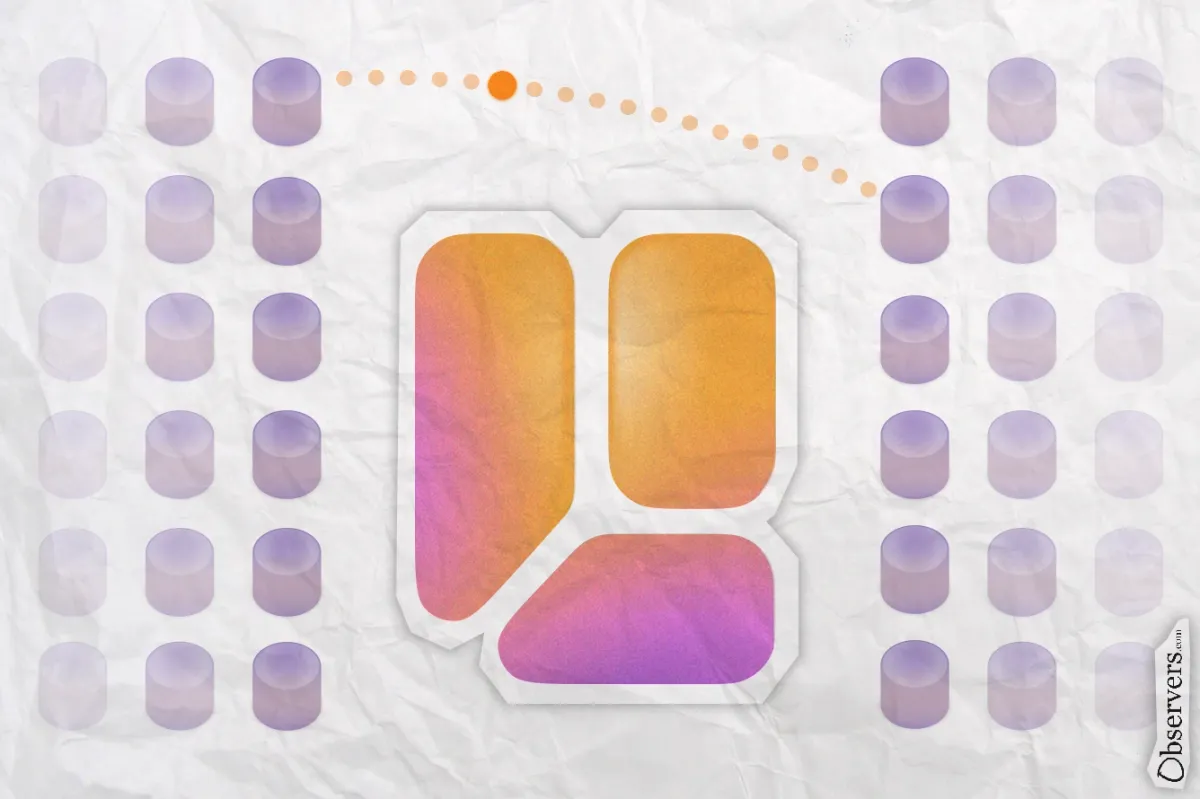
The Barter project recently released a whitepaper for a new decentralized exchange that aims to shake up decentralized trading. At its core lies a concept they call “Superposition,” which lets your assets stay in your wallet, earning yield, while still contributing to liquidity.
Over the past few years, automated market makers (AMMs) have seen some real progress. Most of it has centered on boosting capital efficiency and sharpening price discovery. Yet, the process of providing liquidity has not evolved much since Uniswap V1 came along. It still involves locking assets into smart contracts, which feels clunky. Switching liquidity strategies on the same platform means dealing with gas fees and a back-and-forth of deposits and withdrawals. That leaves a lot of liquidity sitting idle, cut off from action.
Put Tokens In Use Without Leaving the Wallet
Barter wants to change that with its Distributed Liquidity Layer. This new approach lets liquidity providers (LPs) keep full control of their assets while still pitching in. No need to lock funds into DEX smart contracts; LPs can work straight from their wallets.
The setup goes like this: LPs grant Barter’s smart contracts access to their wallet’s tokens. In exchange, they can switch strategies without paying gas fees each time. They also have the option to pass position management to asset managers for better returns.
Unlike a standard liquidity layer, this one does not hold the tokens—it operates on infinite allowances. The system splits into two pieces: a smart contract that handles token distribution and an off-chain backend that tracks wallets, selects them for trades, and calculates exchange rates. All the calculations happen off-chain, while the smart contract ensures tokens reach the right spots.
On the security front, it is a trade-off. The perk is that funds stay in your wallet, free from DEX pools or smart contracts, ready to move whenever you decide. The downside comes with the off-chain part, which is not open-source, leaving its safety hard to judge. The team claims they check swap prices against an oracle before executing—if the difference is too big, the swap gets scrapped. Even so, that step might not cover flaws in the off-chain system.
However, it is important to remember that this is only the V1 version of the product, which is still in the works, with plans for future updates to boost transparency.
Top Solver
Beyond the “Superposition” protocol, Barter shines as a top solver in the DEX world. They have processed nearly $10 billion in trading volume and hold about 24% of the solver market.
After the new protocol launches, Barter Solver will gain exclusive access to it. The team also sees the potential to extend it to other aggregators or solvers later.

